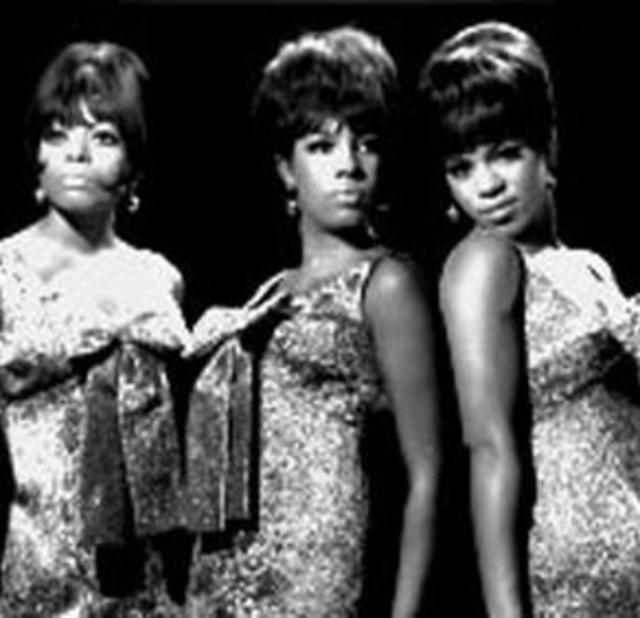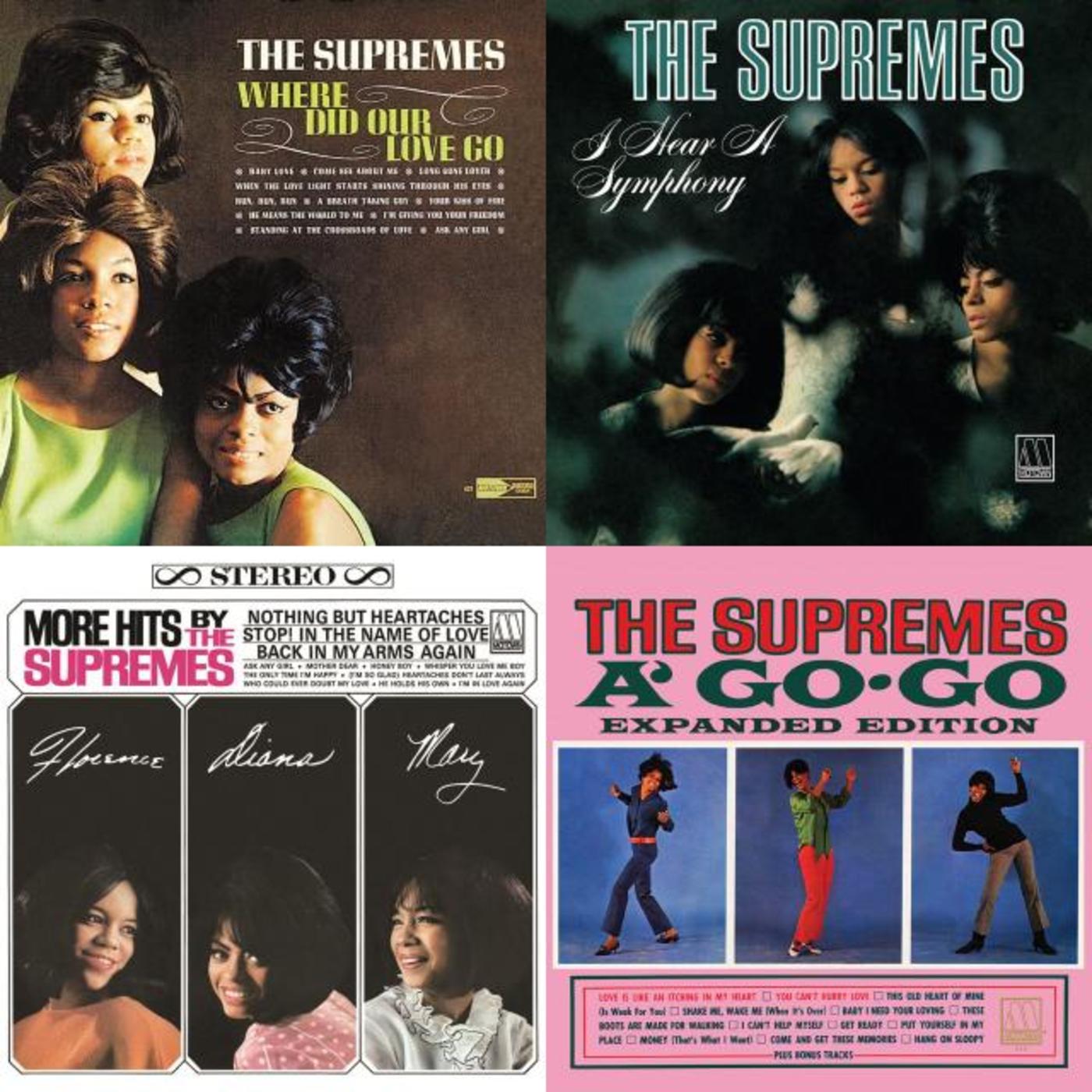The Supremes

The Supremes rose from the poverty of Detroit's Brewster housing project to become Motown's most consistent hitmakers and the most popular female group of the Sixties. The Supremes sang in a polished style that bridged the worlds of pop and soul. Their greatest success came with songs tailor-made for them by Motown's peerless in-house writing and production team of Brian Holland, Lamont Dozier and Eddie Holland (see "Holland-Dozier-Holland"). Under the watchful eye of Motown founder Berry Gordy, the partnership between the Supremes and Holland-Dozier-Holland yielded an astounding run of Number One hits at mid-decade. In June 1965, they set a record for the most consecutive Number One hits by an American group when "Back in My Arms Again" rose to the top of the Billboard singles chart. The other hits in that streak were "Where Did Our Love Go," "Baby Love," "Come See About Me" and "Stop! In the Name of Love."This milestone is all the more impressive because it occurred at the height of the British Invasion - a period when beat groups from abroad otherwise ruled the charts. The Supremes were America's ingenues, exuding a stylish charm and soulfulness that appealed across the board to black and white listeners at a time when racial divides were coming down. Known in-house as Motown's "sweethearts," Berry Gordy saw the potential in them from the beginning: "All three girls had qualities so unique I'd often think: 'If they could make us feel the way we do, what could they do to the world at large?'" he wrote in his autobiography, To Be Loved. The answer to that question is that not only did the Supremes come to epitomize the Motown sound, they earned a place in music history as singers and showgirls whose popularity in the Sixties was second only to the Beatles'.The members of the Supremes - Diana Ross, Florence Ballard and Mary Wilson - first came together in a quartet, the Primettes, that had been recruited by singer Paul Williams as a sister act to his locally popular Detroit group, the Primes (later known as the Temptations). After persistently showing up at Motown's "Hitsville" headquarters after school, the Supremes were signed to the label in January 1961. The group was slow to find its footing, enduring several years of flop singles before finally clicking with "When the Lovelight Starts Shining Through His Eyes" (#23) in late 1963. After that, it was off to the races for the Supremes, who amassed a dozen Number One hits between 1964-69. In addition to the aforementioned singles, the Supremes' other chart-toppers were "I Hear a Symphony," "You Can't Hurry Love," "You Keep Me Hangin' On," "Love Is Here and Now You're gone," "The Happening," "Love Child" and "Someday We'll Be Together."The Supremes successfully made the transition from grueling one-nighters on Motown's bus caravans to the upscale world of nightclubs like the Copacabana, where the group performed a much-ballyhooed engagement in the summer of 1965. By 1967, the group had officially amended its name to Diana Ross and the Supremes, an acknowledgment of lead singer Ross's rising star. That same year, Florence Ballard left the group and was replaced by Cindy Birdsong. The late Sixties saw the Supremes recording material with a socially conscious edge, such as "Love Child."Ross left the Supremes to launch a successful career as a solo recording artist and movie star, making her mark in films like The Wiz, Lady Sings the Blues and Mahogany. Her final appearance with the group occurred at the Frontier Hotel in Las Vegas on January 14, 1970. She was replaced by Jean Terrell, and the Supremes' hitmaking streak continued with such songs as "Up the Ladder to the Roof" and "Stoned Love." The trio continued to perform and record into the Seventies, with founding member Mary Wilson keeping the name and the music alive. Later members included Scherrie Payne (who replaced Jean Terrell) and Susaye Greene and Lynda Laurence (who took Cindy Birdsong's place).The Supremes gave their final performance at London's Drury Lane on June 12, 1977, at which point Wilson disbanded the group and retired the name. Ballard died of cardiac arrest in 1976, after having fallen on hard times. In the early Eighties, the Supremes' rags-to-riches life story was turned into a successful Broadway musical, Dreamgirls.

